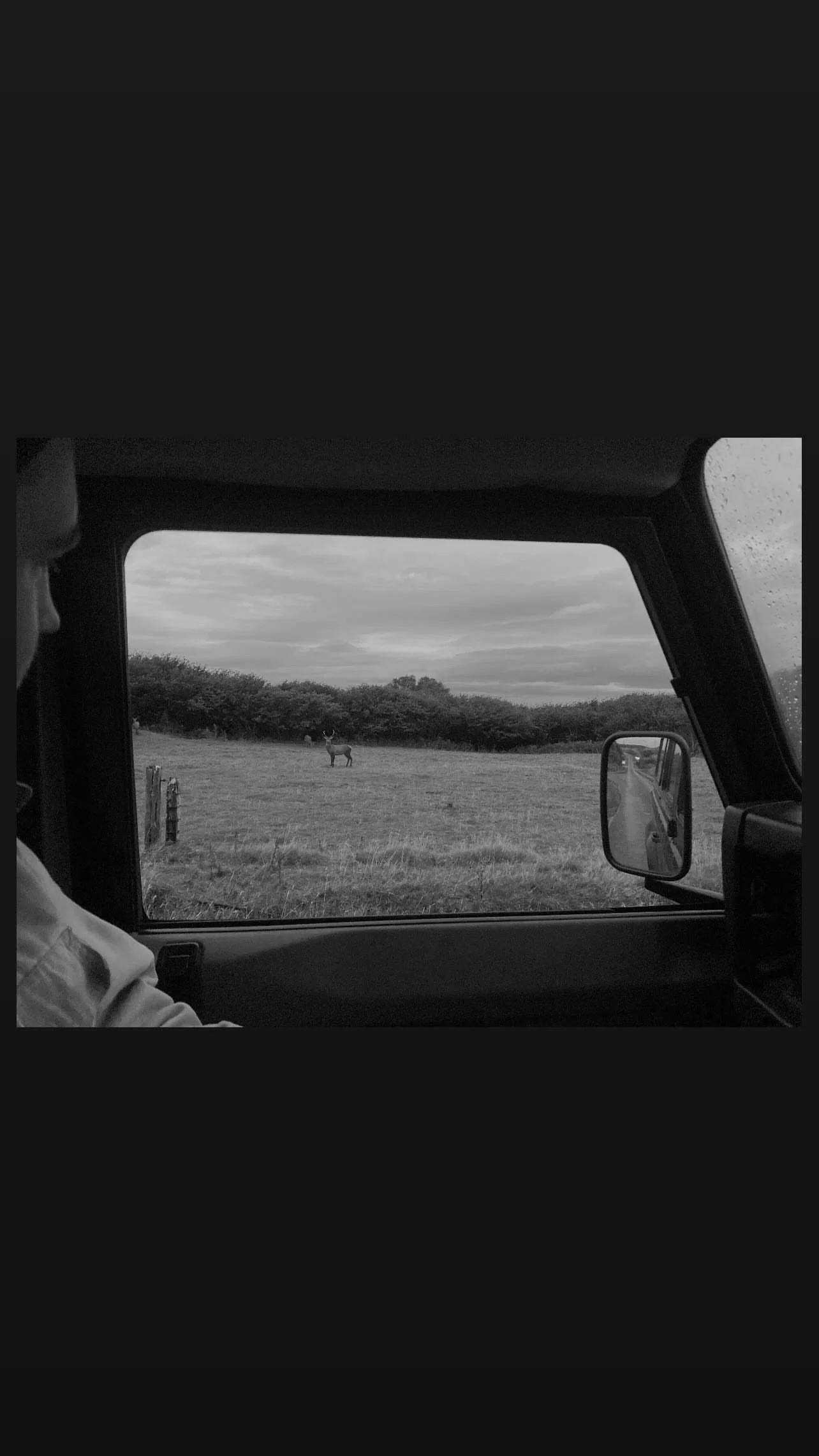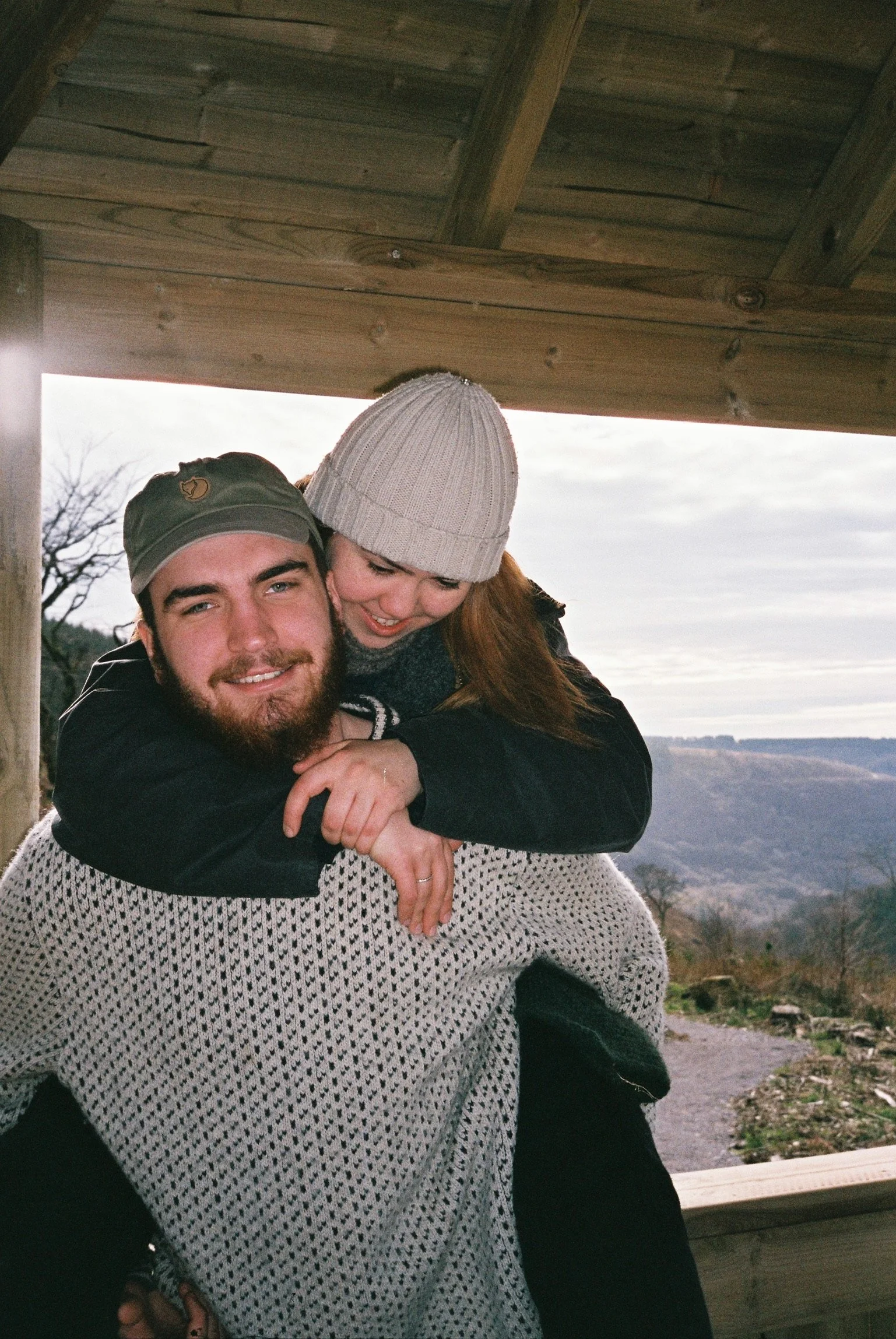The people…
At Croft 24, we’re passionate about providing high-quality meat, delivered directly to your door. Our focus is on sustainable farming practices that respect the land, the animals, and you—the consumer. We want to help bridge the gap between farm and fork, so you can feel confident about where your food comes from and how it’s been treated every step of the way.
Both of us studied Documentary Photography at the University of South Wales, with dreams of one day teaching others how to shoot on film and use analogue cameras. While that vision is still alive, life has taken us on an unexpected—and incredibly rewarding—path for now.
Neither Tom nor I come from farming families. Our connections to the land go back a few generations, but we didn’t grow up on farms. Everything we’re doing now is a new experience. We’re learning every day—sometimes from mistakes, often from small wins—and that learning never stops.
And honestly?
We’re loving every minute of it.

The cattle…
Highland cattle, with their distinctive long horns and shaggy coats, graze freely across the lush pastures of Inch Kenneth and the Isle of Mull, creating a striking landscape that is emblematic of the Scottish Highlands. The rugged terrain, combined with the mild maritime climate, provides an ideal environment for these resilient animals, allowing them to thrive in the grasses and heathers that blanket the hills. As they roam the verdant hillsides, their presence contributes not only to the local ecosystem but also to the cultural heritage of the region, representing a deep connection to Scotland's agrarian history. Their gentle nature and serene grazing habits stand in contrast to the dramatic coastal cliffs and azure waters surrounding these beautiful islands, making them a cherished sight for both locals and visitors alike.

The Deer …
The red deer, a majestic species native to the British Isles, have found a unique habitat within the carefully restored Tereagon peat bog estate. The restoration of this expansive landscape has created an environment that not only supports the diverse flora typical of peat bogs but also serves as a vital sanctuary for wildlife.
At dawn, the mist clings to the ground, creating an ethereal scene as red deer graze upon the lush vegetation that has flourished following the re-establishment of natural hydrology. The rich, spongy terrain of the bog provides both nourishment and shelter, enabling the deer to thrive. As they traverse the various ecosystems present within the estate, the deer contribute to the natural cycle of life, dispersing seeds and maintaining the balance of the local habitat.
Conservation efforts have ensured that the bog is not solely a refuge for red deer but also supports a myriad of other species, enhancing biodiversity. The rewilding initiatives have reinstated the natural habitats that were lost over the years, promoting a healthier ecosystem. Each stag and hind that roams the Tereagon peat bog acts as a testament to the effectiveness of these restoration efforts.
The interplay between the red deer and their environment within the Tereagon estate exemplifies the importance of habitat restoration. Such efforts are crucial in combating biodiversity loss and enhancing ecological resilience, ensuring that future generations can witness the splendour of these magnificent animals interacting harmoniously with their surroundings.

The Sheep …
Hebridean sheep, indigenous to the Hebrides archipelago, thrive on the Isle of Mull, where the rugged terrain and temperate climate provide an ideal environment for these hardy animals. Known for their distinctive black (or dark brown) fleece and unique double-horned structure, Hebrideans are well-adapted to the island's challenging conditions. Their ability to graze on tough, coarse vegetation makes them a valuable asset for maintaining the local ecosystem, helping to control brambles and other invasive plants. Revered for their meat and wool, these sheep not only contribute to the agricultural landscape of Mull but also play a significant role in preserving the rich cultural heritage and traditional farming practices of the region.

